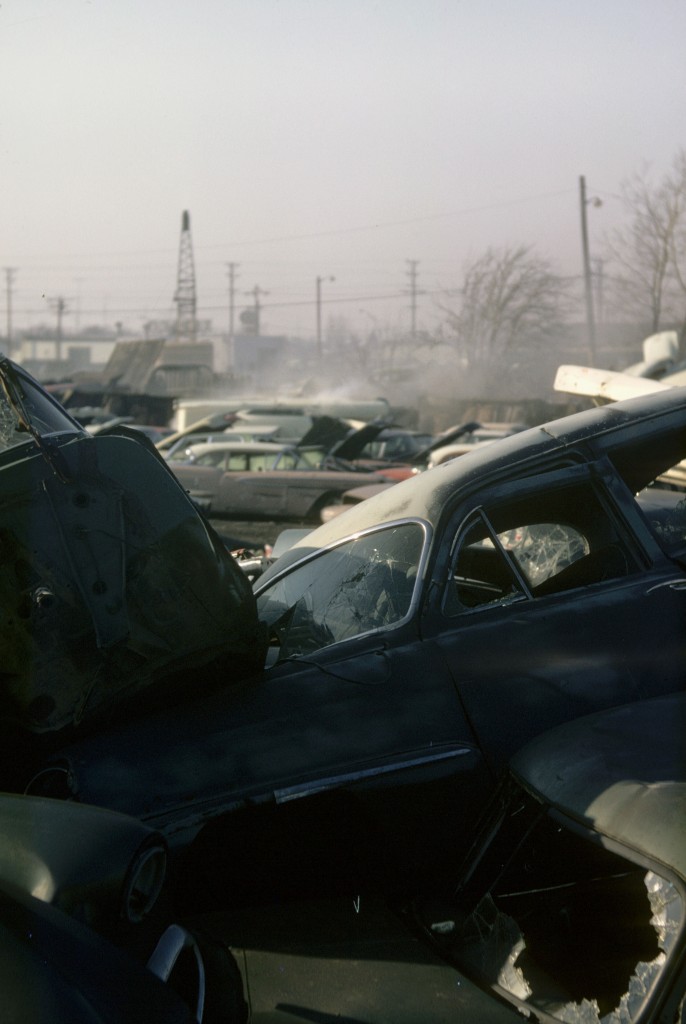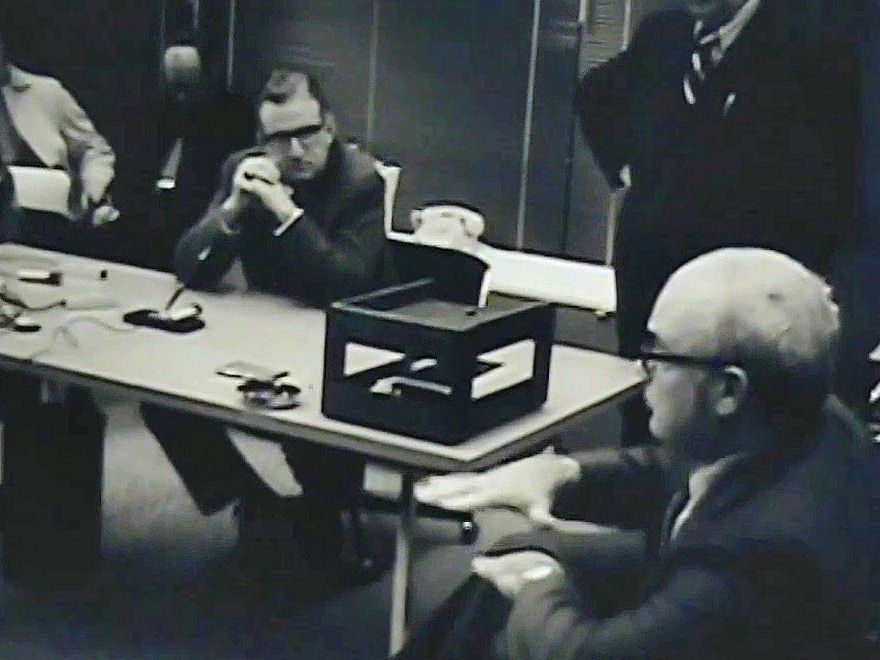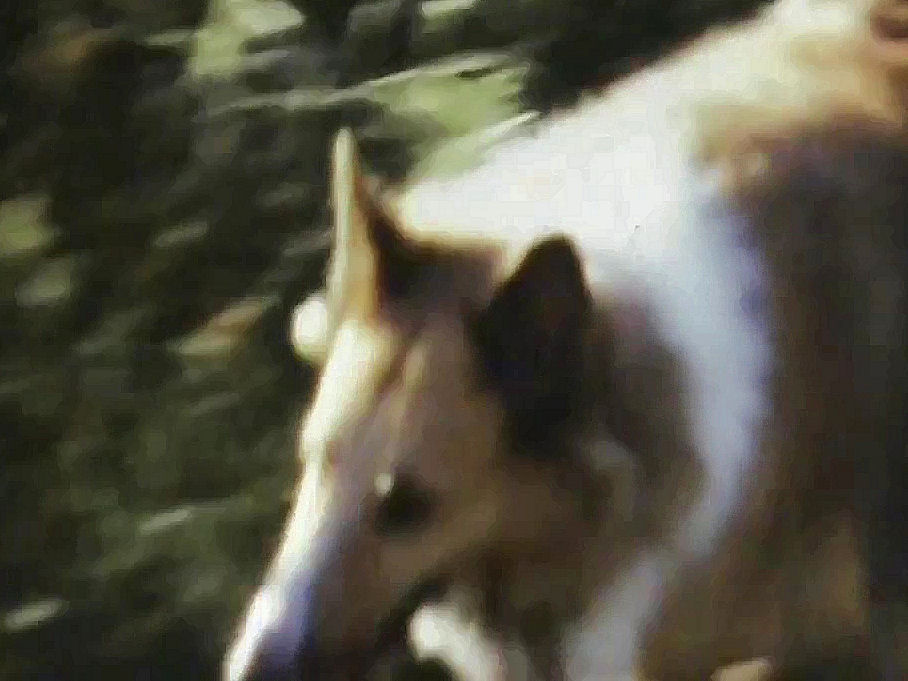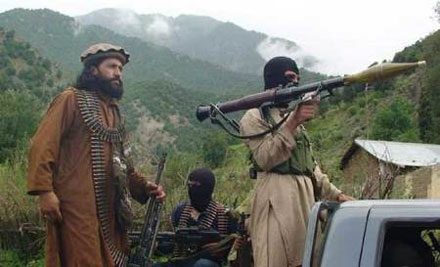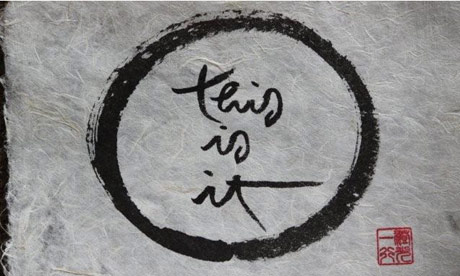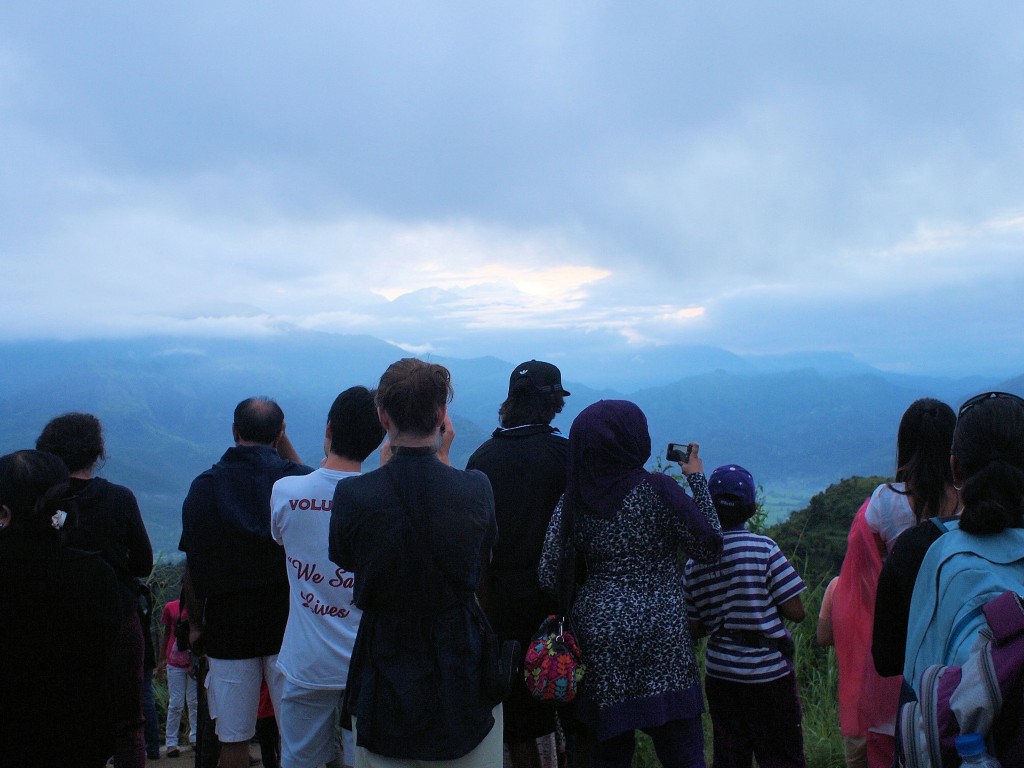I noted back in September in Marketplace Mindfulness that Google had again sought out Thich Nhat Hanh to bring mindfulness training to their cloud realm. A mere five months later, the “Don’t Be Evil” folks panel discussion, “3 Steps to Build Corporate Mindfulness the Google Way” was the scene of protest with an unfurled banner that linked Google with those corporate and government entities responsible for displacing San Francisco residents.
The live feed of the panel discussion was cut. The archive video does not include the protest. Tricycle magazine coverage includes an audience member’s recording of the skirmish with the protesters. Also found in the Tricycle coverage are notes from Curtis White. Here are his comments on ‘corporate mindfulness training.’
“As for Silicon Valley, it has a legitimate interest in the health of its workers, but it has little interest in [Simone] Weil’s notion of the “authentic and pure values.” Its primary aim is to bring Buddhist meditation techniques (as neuroscience understands them) to the aid of corporate culture, such as in the Search Inside Yourself program developed at Google”
White’s take is no doubt accurate and the early speculation that meditation or mindfulness training would change core corporate values is unfounded. What Google is extracting from their sessions with Thich Nhat Hanh is not even Buddhism Light but just some meditation techniques intended to make employees more efficient at doing work which may or may not be evil.
The Tricycle article includes the attendee video recording of the protest scuffle and further commentary on the significance of corporate mindfulness training from a Buddhist perspective;
Protesters crash Google talk on corporate mindfulness at Wisdom 2.0 conference

